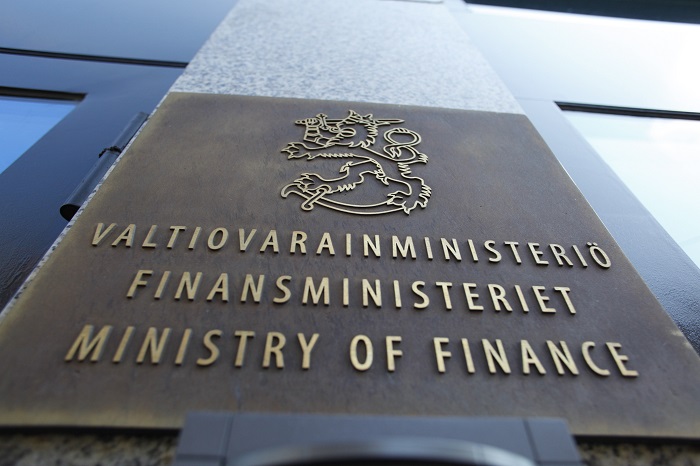No growth in earnings, wages this year : Report
Published : 29 Jun 2017, 01:49
The Information Committee on Cost and Income Development of the ministry of Finance predicted that there will be no significant growth in the earnings and wages this year.
The committee published its report on Tuesday where it forecast zero percent growth in earning this year, said a government press release.
The earning growth was 1.1 per cent last year.
The report studies earnings, prices, purchasing power and competitiveness development and prospects.
In its assessments, the Committee draws on the business cycle forecasts in the Economic Survey Summer 2017 published on 21 June 2017 by the Economic Department of the Ministry of Finance.
Finnish GDP growth increased to 1.5 per cent in 2016 driven by domestic demand the report finds.
The economy has grown faster than expected since the start of 2017 and is forecast to grow by 2.4 per cent in 2017, with growth of 1.6 per cent expected in 2018 and 1.5 per cent in 2019.
Economic growth is also increasingly diversified since economic activity is no longer dependent solely on domestic demand.
Also exports are showing a clear upturn as export market growth gathers pace and Finnish competitiveness improves. Growth in real household incomes will weaken and growth in private consumption will slow towards the end of the 2017-2019 forecast horizon.
Broadly-based economic growth will increase employment by 0.6 per cent year-on-year in 2017 pushing the employment rate to more than 69 per cent. Export-driven growth will primarily increase productivity, as a result of which employment growth will remain slower by comparison. Moderate sustained growth of GDP in 2018-2019 will further improve employment, while reducing joblessness. The unemployment rate is expected to fall to below 8 per cent in 2019.
Nominal earnings rose by 1.1 per cent in 2016 as measured by the index of wage and salary earnings. Collective agreements accounted for 0.6 per cent of this increase. Thanks to frozen wages and public sector holiday bonus cuts included in the Competitiveness Pact, nominal earnings are expected to grow by just 0.2 per cent in 2017. The Ministry of Finance forecasts a moderate rise in earnings, with increases of 1.2 per cent in 2018 and 1.5 per cent in 2019.
During the current year inflation will pick up to 1.0 per cent particularly against a background of higher energy prices. Inflation growth is still, however, slower than normal. The inflation rate is expected to rise to 1.3 per cent in 2018 and to 1.4 per cent in 2019.
Last year, employees’ purchasing power was largely underpinned by low inflation and employment growth. During the current year, purchasing power will be supported by employment growth and by tax cuts under the Competitiveness Pact.
Higher inflation, increased employee social security contributions and a cut in public sector holiday bonuses will erode purchasing power. The Ministry of Finance forecasts that purchasing power will either contract slightly in 2018 and 2019 or at least not rise.
In 2016 for the first time in a long while, nominal unit labour costs rose slightly less in Finland than the average across the euro area. Driven by the Competitiveness Pact, unit labour costs in Finland are forecast to fall by 1.5 per cent in 2017. According to the European Commission forecast, growth in unit labour costs in Finland will be clearly slower than in the euro area as a whole. This means Finland’s competitiveness will improve in relation to the rest of the euro area.


